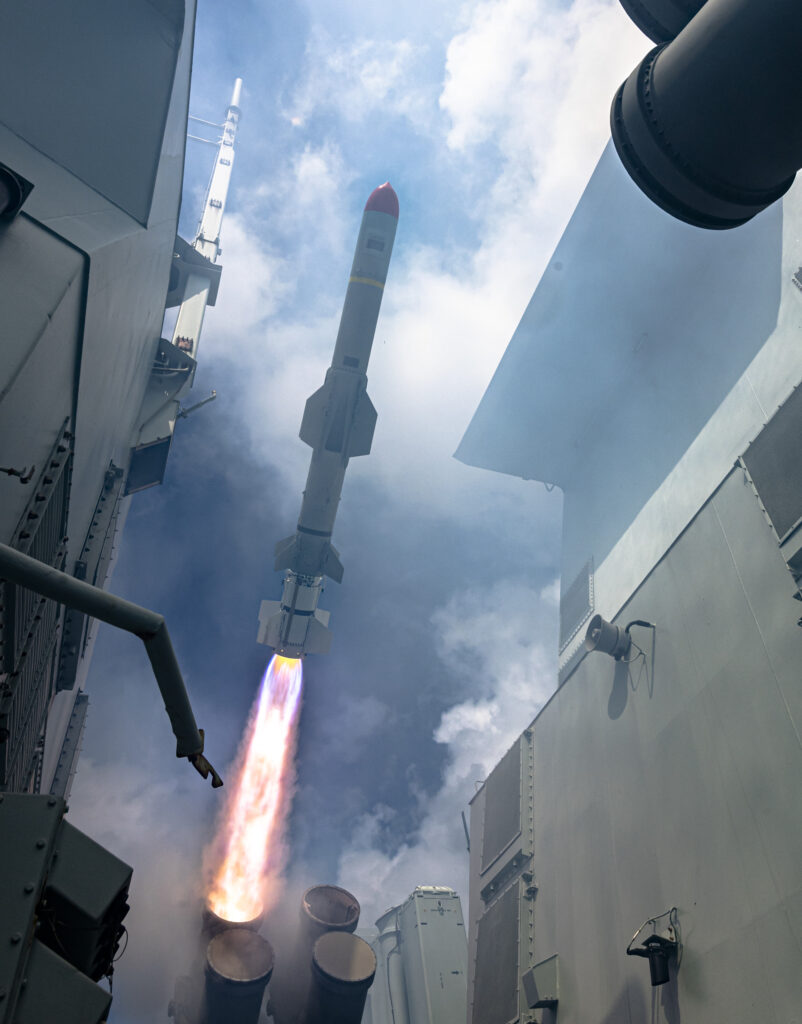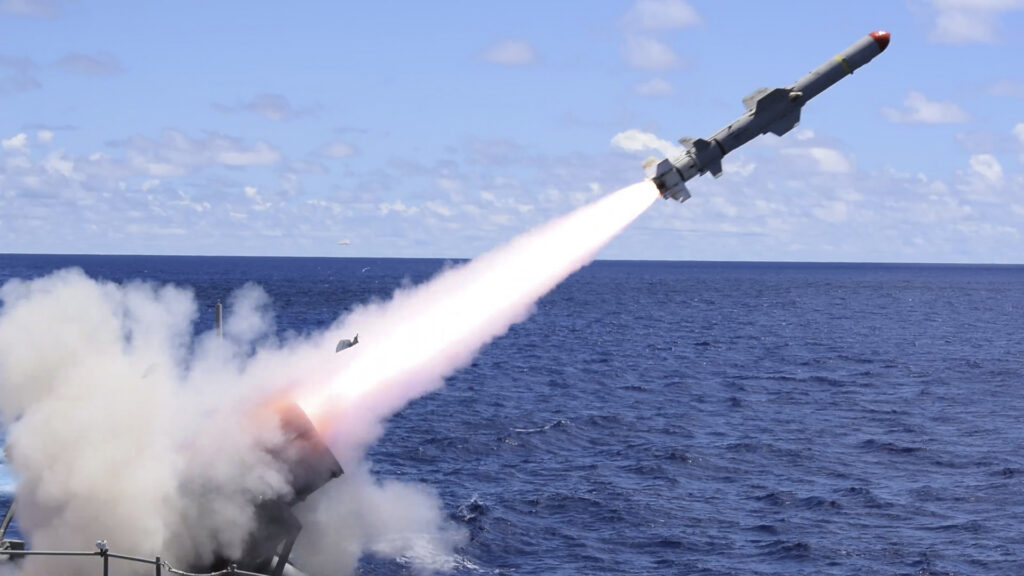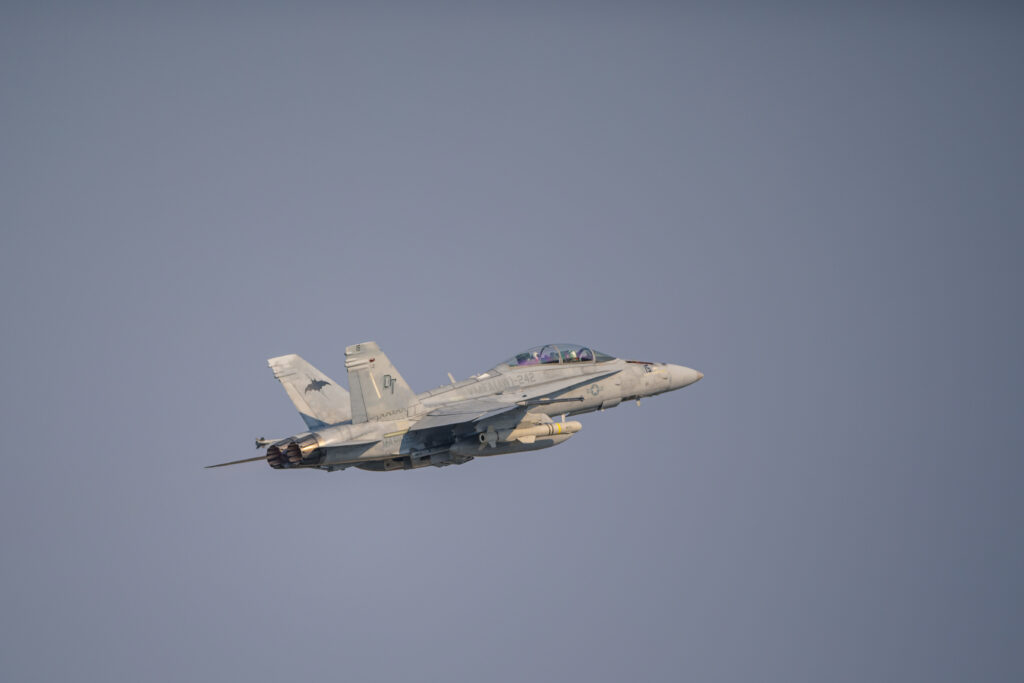- One of the most popular and deadly anti-ship missiles is the US made Harpoon.
- There are many versions of the Harpoon missiles but they are categorized as:
- In 1971, McDonnell Douglas was selected as the lead contractor for the project.
- The missile usually follows these phases before hitting its target:
- HARPOON Block I
- Escaping the logic of anti-ship missiles
- Return to naval strike abilities
- HARPOON BLOCK II
- At first, the United States Navy did not show much interest in Harpoon Block II.
- Harpoon Block 3 (Block III) Third generation
One of the most popular and deadly anti-ship missiles is the US made Harpoon.

There are many versions of the Harpoon missiles but they are categorized as:
- AGM = aircraft launched
- RGM = ship launched
- UGM = submarine launched
+ Can also be launched from coastal defense batteries.
The story begins around 1965 and the research conducted by the Navy of United States for a missile capable of hitting enemy ships with an expected range of about 45 kilometers.
However, the development of the Harpoon did not begin until 1968 under the name ZAGM-84A and mainly due to the shock caused by the launch of the Soviet SS-N-2 Styx anti-ship missile (known and as P-15 Termit) against the Israeli Eilat destroyer in the Six Day War.

In 1970, U.S. Navy Chief of Staff Admiral Elmo Zumwalt accelerated the development of the Harpoon anti-ship missile as part of Project Sixty.
In 1971, McDonnell Douglas was selected as the lead contractor for the project.
The initial tests of the missile took place in 1972 and the test production phase began in 1976 and since then, more than 7,000 Harpoon anti-ship missiles have been built.
The Harpoon anti-ship missile is launched and powered by a Teledyne Turbojet engine (J402-CA-400) with a thrust of 3.0 kN.
Any variant of the missile that launch from an aircraft can also be launched from ships and submarines using a different booster (A / B44G-2 or -3) capable of delivering the 53 kN boost needed, in just 3 seconds.
It is armed with the WDU-18 / B warhead, which contains 221 kg of powerful explosives and is standard in all variants, except the H and K models.
The missile usually follows these phases before hitting its target:

- The information and the location of the enemy target are transmitted to the missile by the integrated system of the respective platform that carries it.
- During the approach phase, the Harpoon flies about 15 meters above the water (sea skimming) and uses its navigation system to help it locate the target.
- When the rocket reaches a certain distance from the potential target, it activates the J-band radar that is integrated to start the search for the target.
- The missile approaches the target at a height of two to five meters, performs a sudden maneuver (known as “pop-up”) that raises it to a height and then descends from a greater height to the target.
- In its final phase, the rocket develops a speed of about 0.7 Mach and hits the target.
- The WDU-18 / B 221 kg head of explosives does not ignite immediately after the impact, but after a time delay. As a result, the explosion takes place inside the ship and causes significantly more damage than a firearm would ignite on contact.
HARPOON Block I
Each variant can be used by any platform based on the conditions mentioned above, for convenience we will use the surface version with the initial RGM instead of AGM and UGM.
The beginning was made with the Block 1A version of the Harpoon RGM-84A which is the first version that went into production.
This was followed by the RGM-84B and the RGM-84C, Block 1B where the “pop-up” maneuver has been removed from the software and the missile flies against its target at full distance just above the surface of the water using the so-called “sea -skimming” flight plan.
One of the most important upgrades is the RGM-84D, Block 1C version where the range of the missile has been increased to about 140 km as a result of the use of the advanced JP-10 fuel.

Not only has the ECCM equipment been upgraded, but now the trajectory and the way it follows before hitting the target, “pop-up” or “sea-skimming”, can be chosen before launching. In addition, waypoints (via AN / SWG-1A) can now be defined.
RGM-84G, Block 1G: This version of the RGM-84G has been manufactured since 1995.
It is essentially the Block 1C version but with updated software, in addition it has a redesigned attack and flight logic that allows it to retry an attack in case the first one was unsuccessful, provided there is sufficient fuel and the seeker has identified the problem.
Escaping the logic of anti-ship missiles

AGM-84E Standoff Land Attack Missile (SLAM), Block 1E:
This version is a completely new approach to the missile as it aims to hit land targets.
The AGM-65D Maverick missile infrared seeker and the AGM-62 Walleye data link were installed in Harpoon to achieve this goal. SLAM can only be used by aircraft due to the use of the necessary FLIR.
The SLAM-ER Missile is the evolution of SLAM.
Return to naval strike abilities
SLAM-ER: AGM-84H Stand-off Land Attack Missile
The AGM-84E served as a model for this variant of the weapon (also identified as SLAM). The range of SLAM-ER (ER for Extended Range) has been significantly increased thanks to the folding wings, which are reminiscent of those found in the BGM-109 Tomahawk.
The brand new AN / DSQ-61 navigation system features an INS system and an interference-resistant GPS receiver as part of the upgraded version.
The WDU-40 / B explosive warhead, which weighs 360 kg, has a higher penetration power than the WDU-18 / B warhead, which weighs 221 kg.
In tests, it was proven that SLAM-ER can also be used to attack naval targets.
AGM-84K: This version of the AGM-84H includes a variety of internal hardware and software enhancements. All H variants currently available will be updated to version K.

The latest upgrade for H and K versions is the ATA version, which can be found on the AGM-84 H / K SLAM-ER ATA.
By comparing infrared images with an internal database, the ATA (Automatic Target Acquisition) update allows the weapon to automatically recognize and navigate to its intended target.
The upgraded version joined the US arsenal in 2002 and it is possible that the available H / K models will be upgraded in the future.
The United States of America (735), Saudi Arabia (650), South Korea (47), Turkey (48) and the United Arab Emirates (300) are among the countries using SLAM-ER ATA.
HARPOON BLOCK II

AGM-84L:
The L version is equipped with an inertial guidance system (INS) supported by GPS as well as upgraded software.
AGM-84N: It is the Block II + version and has a data connection that works in both directions and has the ability to stop its attack.
At first, the United States Navy did not show much interest in Harpoon Block II.
However, McDonnell Douglas (now Boeing) decided to continue expanding in the international market despite a lack of domestic interest.
But the move was right as stakeholders include Egypt, the United Arab Emirates, Taiwan and South Korea which has already acquired the airborne version (AGM-84L).
Eventually, the US also acquired more than 320 AGM-84L.
India requested the delivery of 20 AGM-84Ls in September 2008 and since July 2009, each Block 2 Harpoon has been delivered with an upgraded INS system, which, among other things, improves the GPS receiver.
The United States Navy and the Naval Systems Command announced in January 2016 that they had launched a Harpoon Block 2 from an F / A-18 Super Hornet and automatically routed it to a moving naval target via a data-link connection.
Boeing has also developed a land version of the Harpoon.
Harpoon Block 3 (Block III) Third generation
The United States Navy announced in the spring of 2007 its intention to continue further research and development of the AGM-84D missile but the plan was canceled.
Accidents
There have been three major Harpoon incidents so far.

The first incident occurred on July 14, 1981, on the USS Coontz, which was off the coast of Saint Croix in the Caribbean. The accidental launch of a Harpoon resulted in the rocket exploding in the water, so there were no adverse effects.
The second incident occurred on September 6, 1982, while the Danish frigate Peder Skram was maneuvering on the Kattegat. Again, the missile was accidentally fired and then struck a forest shortly afterwards, destroying four buildings and damaging another 130. There were no casualties.
The third and most serious incident occurred in December 1988, while the United States Navy was conducting an exercise near the Kauai test site. An F / A-18 Hornet fired a Harpoon at a test target, but instead hit an 76-meter Indian cargo ship. One sailor was killed despite the fact that the missile was not armed with an explosive warhead.
Copyright: It is forbidden to copy the text without permission from GEOPOLITIKI
GEOPOLITIKI – Share The Article With Your Friends!


